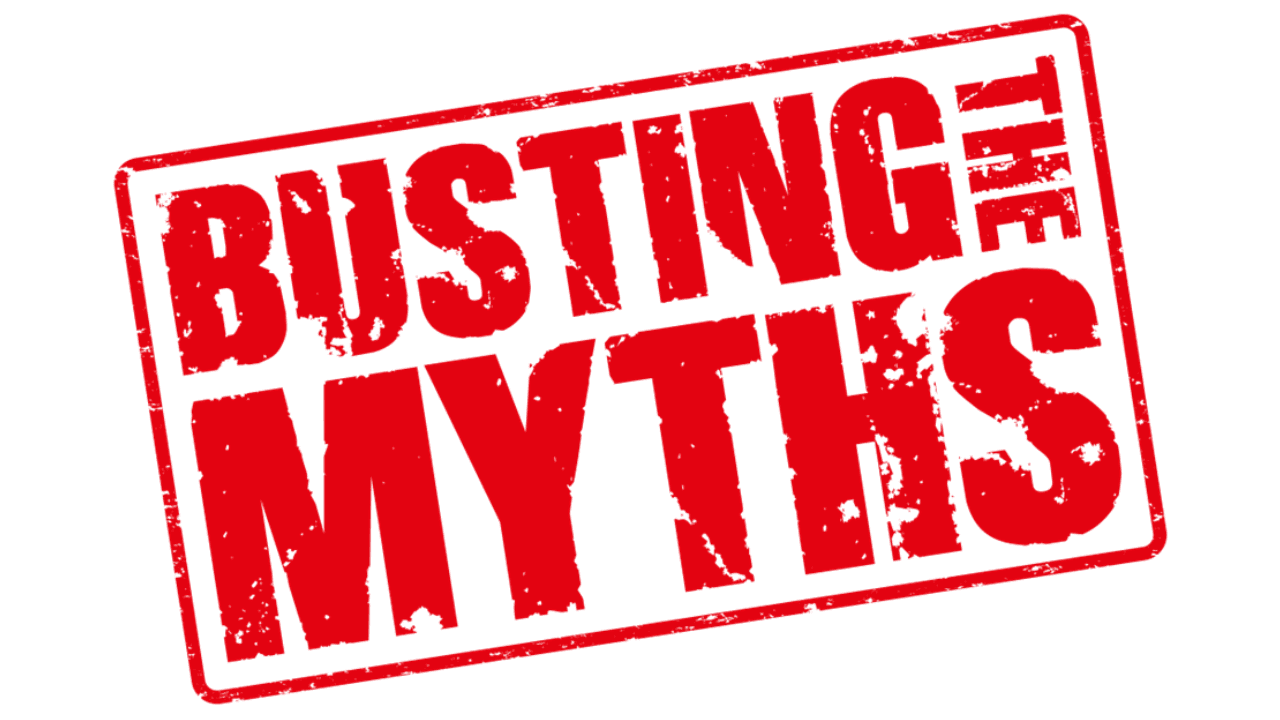

Real estate has long been considered the “gold standard” of wealth-building. It’s created generational security, steady returns, and often outperformed other asset classes. But for many people, it still feels out of reach. Why? Because of old myths that make it seem too expensive, too risky, or just too complicated.
The reality is, times have changed. With new tools, global access, and innovative models, those myths don’t really hold up anymore. Let’s break down five of the biggest misconceptions keeping people from getting started and why they’re outdated.
For years, the idea of becoming a real estate investor meant buying a house, an apartment building, or land, all of which required hundreds of thousands of dollars upfront.
But now, fractional ownership has changed the game. Instead of needing $250,000 to buy a property, you can start with just a few hundred or a thousand dollars. Think of it like buying shares in a company; you don’t need to own the whole business to benefit from its growth.
This shift isn’t just lowering the entry barrier. It’s democratizing access, letting people everywhere, not just wealthy insiders, invest in quality real estate deals.
Yes, markets go up and down. But historically, real estate has been one of the most stable asset classes. Unlike stocks, which can tank overnight, property values usually move gradually. Even during downturns, real estate tends to bounce back while still generating income through rent.
And now, modern platforms make it easy to spread risk by diversifying:
Diversification makes real estate less risky than ever before.
This is one of the biggest myths. A lot of people hear “real estate” and immediately imagine fixing toilets, chasing tenants for rent, or managing piles of paperwork.
But that’s old-school. Today, investing and property management are separate. You can earn returns from rental income and appreciation while professional teams handle the headaches.
It’s like being a shareholder in real estate; you get the upside without dealing with clogged sinks or broken AC units.
For decades, people only invested close to home. It made sense that buying property abroad was complicated and unrealistic.
But not anymore. Real estate has gone global. Now, someone in Morocco can invest in Miami condos. A professional in India can buy into Dubai projects. A student in Europe can tap into U.S. commercial deals.
Global access matters because it gives investors more choice. Whether you want stable rental income in mature markets or higher growth potential in emerging ones, you can now build a portfolio that matches your goals, no matter where you live.
It used to be true: real estate was illiquid. Selling meant months (or years) of listings, brokers, negotiations, and waiting.
But tokenization and fractional ownership are changing that. Today, you can buy and sell property shares far more quickly, without needing to sell the entire building. In some cases, investors can even use their shares as collateral for borrowing.
What used to be a weakness of real estate liquidity is becoming one of its strengths.
Real estate is no longer just for the wealthy few. With fractional ownership, blockchain, and global platforms, the doors are wide open. You don’t need millions. You don’t need to be a landlord. You don’t even need to limit yourself to one country.
The myths are falling apart, and the truth is clear: building wealth through real estate has never been easier, more flexible, or more accessible.
👉 That’s exactly the vision we’re building at W3Assets: a future where real estate investing is borderless, inclusive, and open to everyone.